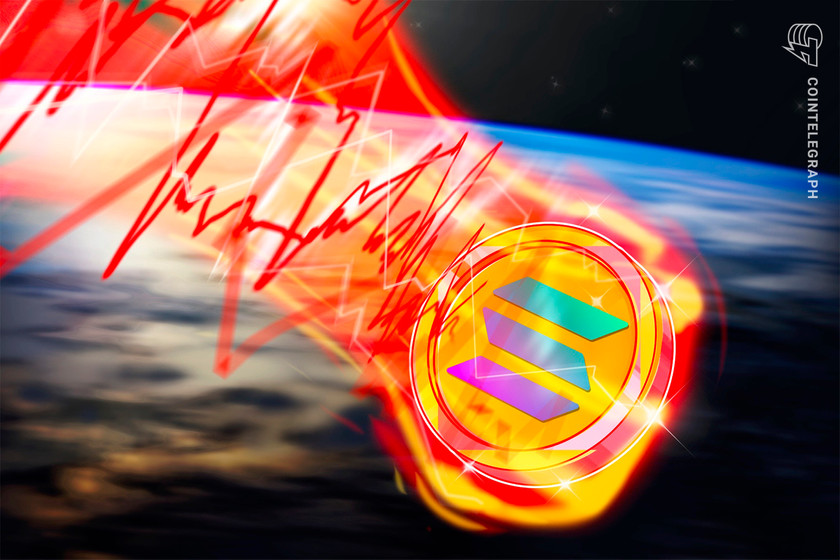Google DeepMind AI predicts 2 million novel chemical materials for real-world tech


A paper published in the science journal Nature says the AI developed by DeepMind underwent training using data sourced from the Materials Project, an international research consortium established at the Lawrence Berkeley National Laboratory in 2011.
Google DeepMind artificial intelligence (AI) has predicted the structure of over two million novel chemical materials, marking a breakthrough in enhancing real-world technologies.
In a scientific paper released in Nature on Wednesday, Nov.
According to the paper, identifying and creating new materials is often expensive and time-intensive.
Ekin Dogus Cubuk, a research scientist at DeepMind, expressed optimism that advancements in experimentation, autonomous synthesis and machine learning models could substantially reduce the lengthy 10 to 20-year timeline for material discovery and synthesis.
The paper reveals that the AI developed by DeepMind underwent training using data from the Materials Project, an international research consortium established at the Lawrence Berkeley National Laboratory in 2011.
Related: 12 days of unemployment later, Sam Altman is officially back at OpenAI
The organization expressed its intention to distribute its data to the research community, aiming to expedite additional advancements in the field of material discovery.
After employing AI to forecast the stability of these novel materials, DeepMind has shifted its attention to predicting their synthesizability in laboratory conditions.






























